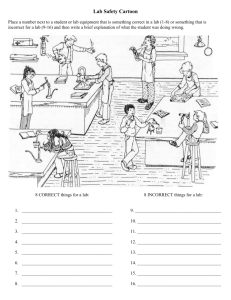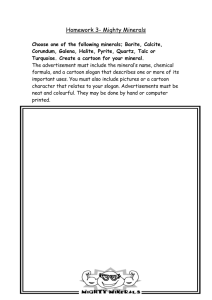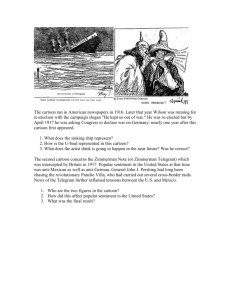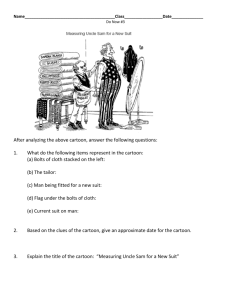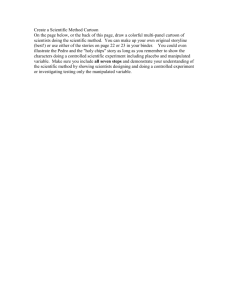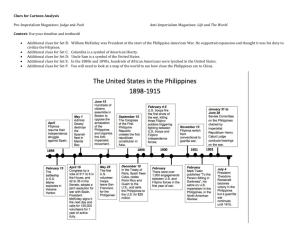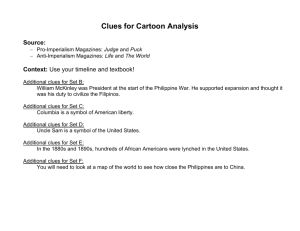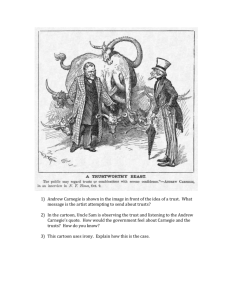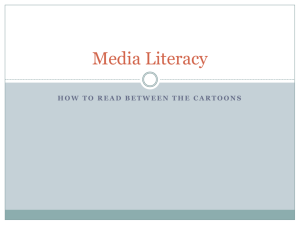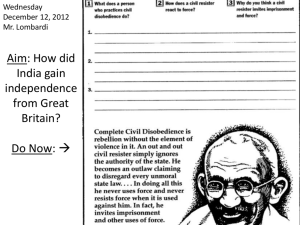"The White Man's Burden (Apologies to Kipling)." by Victor Gillam
advertisement
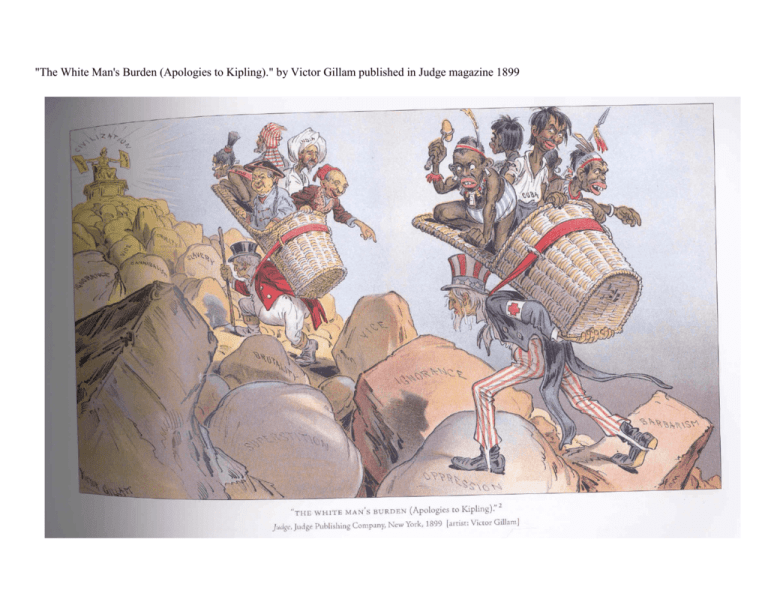
"The White Man's Burden (Apologies to Kipling)." by Victor Gillam published in Judge magazine 1899 Primary Source Analysis Definition: Primary sources are original materials that are from the same time period as the subject and have not been filtered by interpretation or evaluation. Primary sources often share new information, report a discovery, or present original thinking. Questions: 1. What kind of primary source is this? What is the title? When was this text created? Who created it? 2. What words can you read in the political cartoon? What characters do you see? 3. What do you see that looks different than it would in a photography?1 Is this political cartoon exaggerated? In what way? 4. Are there any symbols in this cartoon?1 5. Who do each of the caricatures represent? How do you know? 6. Where are the two men carrying the baskets looking? Where are the men being carried looking? 7. What do you think is the message the artist is conveying?1 8. How does the use of color influence the message of the cartoon? 9. What does "Apologies to Kipling" mean? 10. What is the purpose of the words written on the stones? To whom are they directed? 11. Why do you think the artist chose the facial expressions he did? 12. Who do you think was the audience for this cartoon?1 13. What are your thoughts on the word "slavery" being written on the stones? Consider the country in which this image was printed and the time period. 14. How would this image be received by an African or Asian today? Why was this image "acceptable" to print in 1899? 15. Could an image such as this be printed in a magazine today? Why or why not? 16. Is there anything about this image that confuses you or that you would like to know more about? This image is a fantastic representation of the turn of the century imperialistic attitude of the West. An analysis of this text at the beginning of a unit about colonization in the 19th and 20th centuries would provide students with an opportunity to witness the "thought of the day" and the blatant racism that was commonly accepted at the time. The image can also be used as a way to convey to students the history of belittlement by Western powers to colonized peoples and why the present day relations between the former colonizers and colonized can be so tense. A brief discussion of orientalism may also fit well in this analysis. 1 From "Teacher's Guide to Analyzing Political Cartoons" handout

